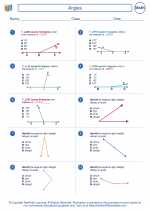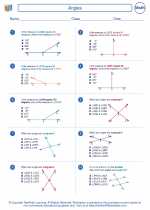Precipitation
Precipitation refers to any form of water, liquid or solid, that falls from the atmosphere and reaches the ground. This includes rain, snow, sleet, and hail. Precipitation is a crucial part of the water cycle and is essential for the Earth's ecosystems.
Types of Precipitation
There are several types of precipitation:
- Rain: Liquid water droplets that fall from clouds to the ground.
- Snow: Ice crystals that fall from clouds and accumulate on the ground.
- Sleet: Small ice pellets that form when rain freezes before reaching the ground.
- Hail: Large ice pellets that form within intense thunderstorms.
Factors Affecting Precipitation
Several factors influence the type and amount of precipitation that falls in a particular area:
- Temperature: Colder temperatures lead to the formation of snow and sleet, while warmer temperatures result in rain.
- Humidity: Higher humidity levels increase the likelihood of precipitation occurring.
- Wind Patterns: Wind can transport moisture to different regions, affecting precipitation patterns.
- Topography: Mountains and other geographic features can influence precipitation by causing air to rise and cool, leading to the condensation of water vapor.
Measuring Precipitation
Scientists use various instruments to measure precipitation, including rain gauges for liquid precipitation and snow gauges for measuring snowfall. The data collected from these instruments helps meteorologists track and predict precipitation patterns.
Study Guide
To study precipitation effectively, consider the following key points:
- Understand the different types of precipitation and the conditions under which they form.
- Learn about the factors that influence precipitation, including temperature, humidity, wind patterns, and topography.
- Be familiar with the instruments used to measure precipitation and how data from these instruments is utilized.
- Review real-life examples of extreme precipitation events and their impacts on communities and the environment.
◂Math Worksheets and Study Guides Fifth Grade. Angles
Study Guide Angles
Angles  Worksheet/Answer key
Worksheet/Answer key Angles
Angles  Worksheet/Answer key
Worksheet/Answer key Angles
Angles  Worksheet/Answer key
Worksheet/Answer key Angles
Angles  Worksheet/Answer key
Worksheet/Answer key Angles
Angles  Worksheet/Answer key
Worksheet/Answer key Angles
Angles  Worksheet/Answer key
Worksheet/Answer key Angles
Angles  Worksheet/Answer key
Worksheet/Answer key Lines and Angles
Lines and Angles  Worksheet/Answer key
Worksheet/Answer key Angles
Angles  Worksheet/Answer key
Worksheet/Answer key Angles
Angles  Worksheet/Answer key
Worksheet/Answer key Angles
Angles 

 Worksheet/Answer key
Worksheet/Answer key
 Worksheet/Answer key
Worksheet/Answer key
 Worksheet/Answer key
Worksheet/Answer key
 Worksheet/Answer key
Worksheet/Answer key
 Worksheet/Answer key
Worksheet/Answer key
 Worksheet/Answer key
Worksheet/Answer key
 Worksheet/Answer key
Worksheet/Answer key
 Worksheet/Answer key
Worksheet/Answer key
 Worksheet/Answer key
Worksheet/Answer key
 Worksheet/Answer key
Worksheet/Answer key

The resources above cover the following skills:
Geometry (NCTM)
Analyze characteristics and properties of two- and three-dimensional geometric shapes and develop mathematical arguments about geometric relationships.
Identify, compare, and analyze attributes of two- and three-dimensional shapes and develop vocabulary to describe the attributes.
Use visualization, spatial reasoning, and geometric modeling to solve problems.
Build and draw geometric objects.